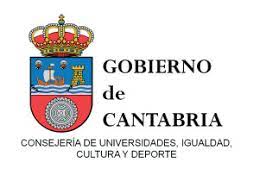Some lexical and morphosyntactic aspects of the first printed Castilian translation of the Commedia: el Infierno by Pedro Fernández de Villegas (Burgos, 1515)
DOI:
https://doi.org/10.55422/bbmp.554Keywords:
Dante Alighieri, Divine Comedy, Dante's Inferno, Morphosyntax, Rennaissance Literature, Translation, Edition, Pedro Fernández de Villegas, XVIth centuryAbstract
This article presents the life and work of Pedro Fernández de Villegas, translator of a part of Dante Alighieri's Inferno, which dates back to 1515 and was the only Spanish translation of the Divine Comedy until the 19th century. He not only translated the poem into coplas de arte mayor, but also included extensive prose comments to explain various contents of the work. These reveal the rich humanistic and classical culture that Villegas possessed. The article focuses on the lexicon and the morphosyntax used by him in the translation, which combines Latinisms and classical structures with neologisms and archaisms. Other works and other authors are compared to show Villegas's level of linguistic knowledge, and the use of different registers of speech is highlighted to differentiate social classes in the characters, just as Dante did.
Downloads
Publication Facts
Reviewer profiles N/A
Author statements
Indexed in
- Academic society
- Sociedad Menéndez Pelayo
- Publisher
- Sociedad Menéndez Pelayo
Global Statistics ℹ️
|
191
Views
|
183
Downloads
|
|
374
Total
|
|
Downloads
Published
How to Cite
Issue
Section
License
Copyright (c) 2022 Roberto Mondolo

This work is licensed under a Creative Commons Attribution-NonCommercial 4.0 International License.







